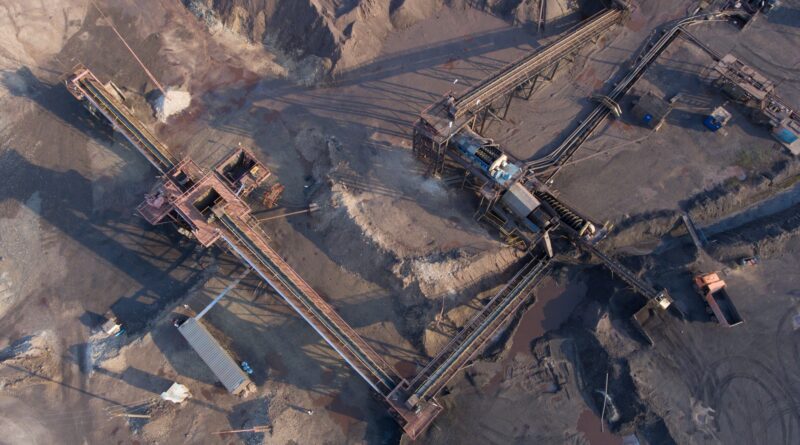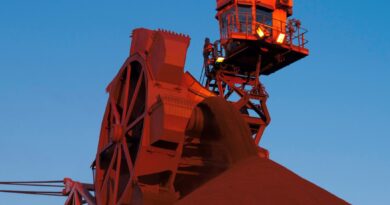Tharisa inaugurates Climate Change and Sustainability Committee
The Tharisa board has established the Climate Change and Sustainability Committee, which will function alongside the Safety, Health and Environment and the Social and Ethics Committees. This new committee comprises all members of the board and will be chaired by Dr Bell.
The focus of this committee, in the near term, is oversight of the implementation of the Company’s carbon action plan to becoming net carbon neutral by 2050. It will also guide the group towards its goal of creating a circular economy while producing critical metals for the decarbonisation of global economies.
The decarbonisation action plan has been approved by the Tharisa board, forming part of our broader sustainability programme.
Dr Carol Bell has more than 40 years of experience in the energy and allied industries, including a successful career as a Managing Director of Chase Manhattan Bank’s Global Oil & Gas Group, Head of European Equity Research at JP Morgan and several years as an equity research analyst in the oil and gas sector at Credit Suisse First Boston and UBS Phillips & Drew.
Dr Bell began her career in corporate planning and business development at Charterhouse Petroleum and RTZ Oil and Gas. She has broad public company experience and currently serves on the board of Bonheur ASA and the BlackRock Energy and Resources Income Trust.
Dr Bell is one of the founder- directors of Chapter Zero, a network for non-executive directors to engage with climate risk.
Tharisa is an integrated resource group incorporating mining, processing, exploration and the beneficiation, marketing, sales and logistics of PGMs and chrome concentrates. Its principal asset is the Tharisa Mine located in the South-Western Limb of the Bushveld complex, South Africa. The mechanised mine has a 14-year open pit life and the ability to extend operations underground by at least an additional 40 years.
Tharisa also owns the Salene Chrome project, a development stage, low cost, open pit asset, located adjacent to the Great Dyke in Zimbabwe.




